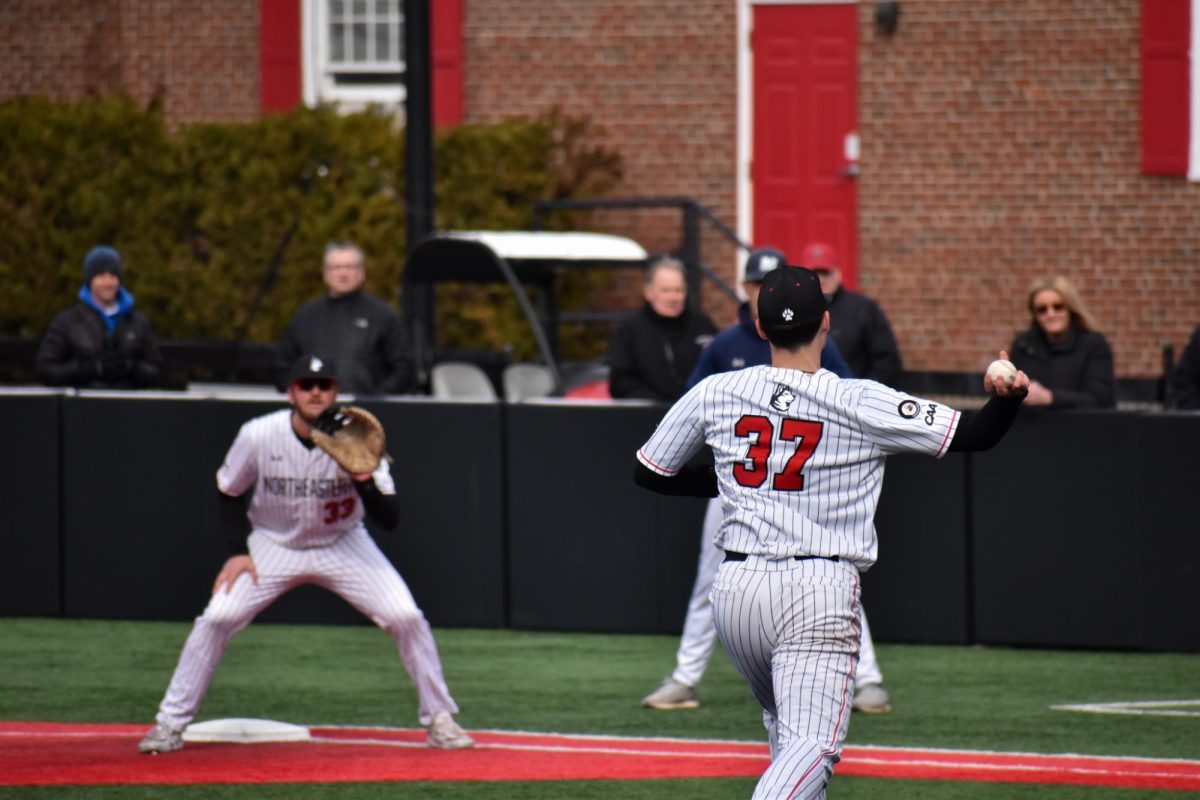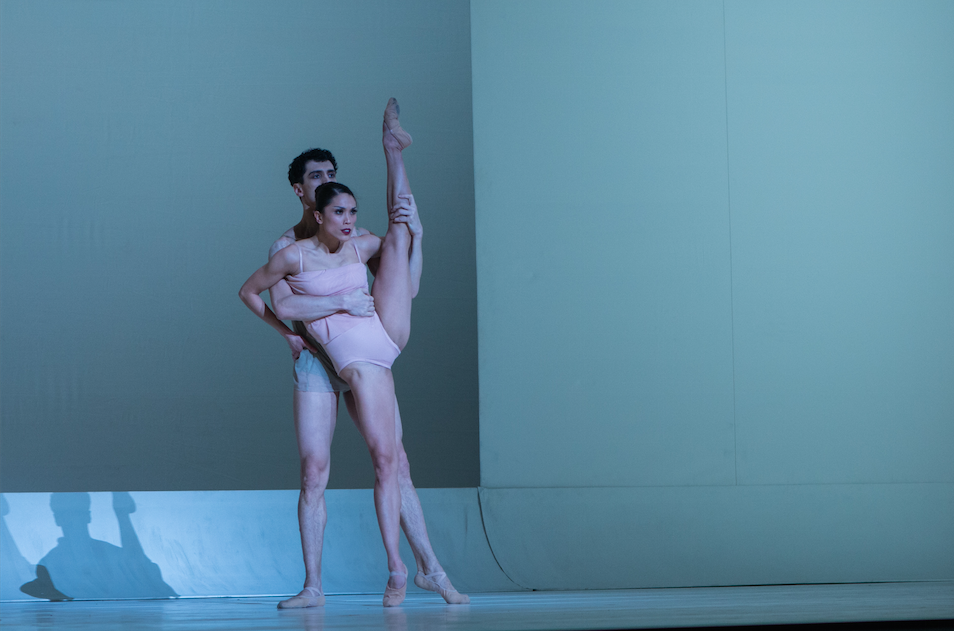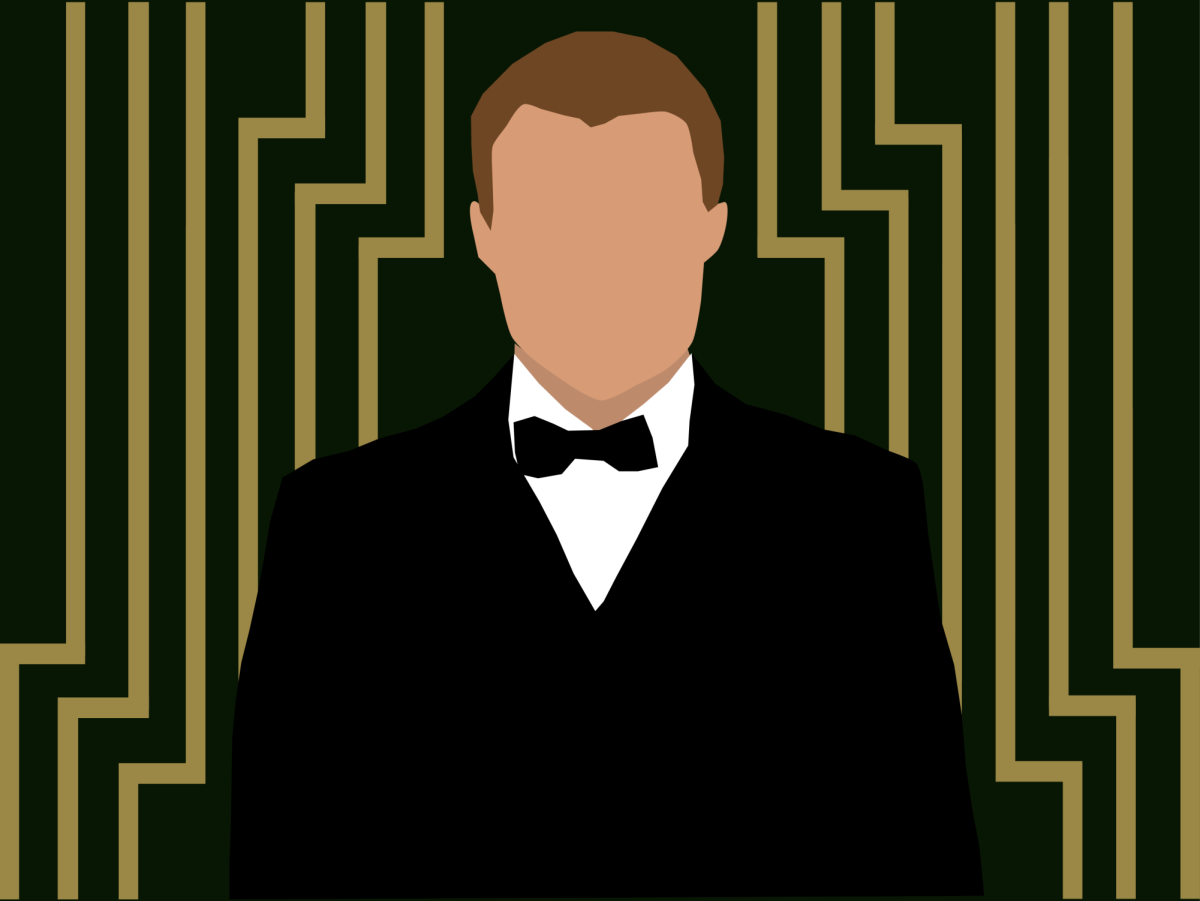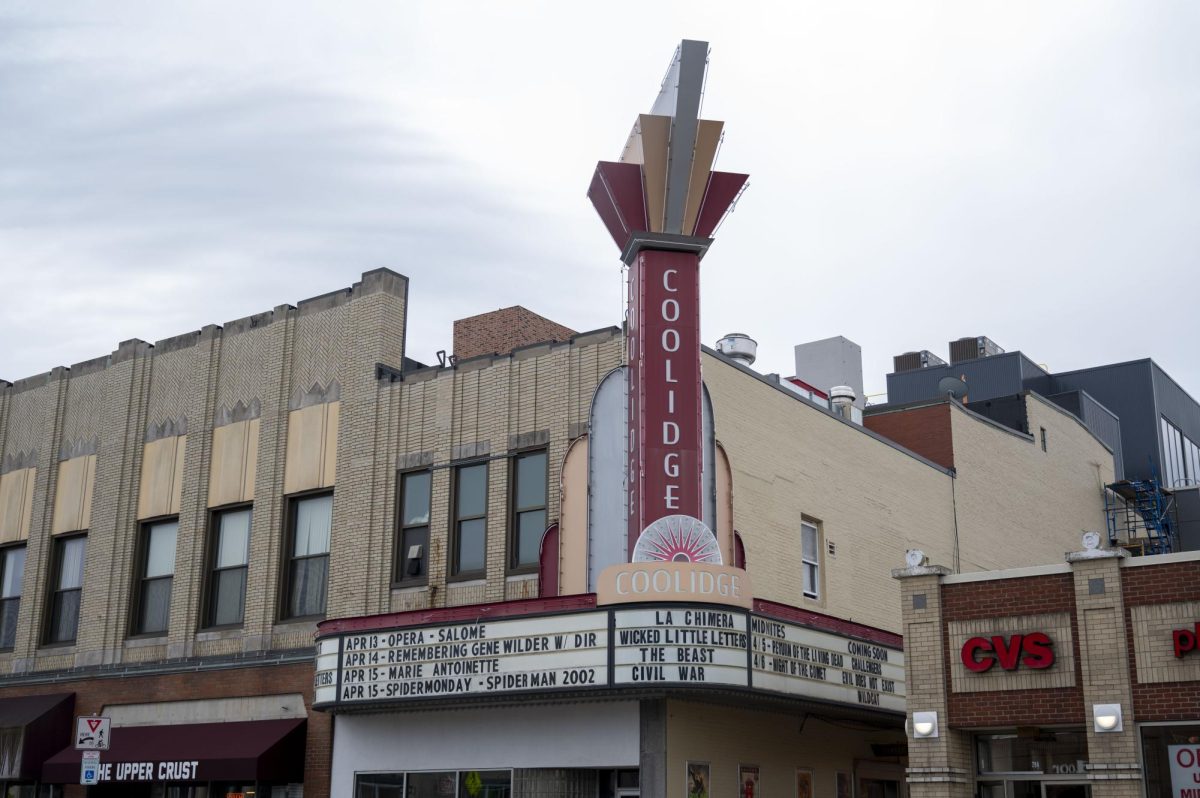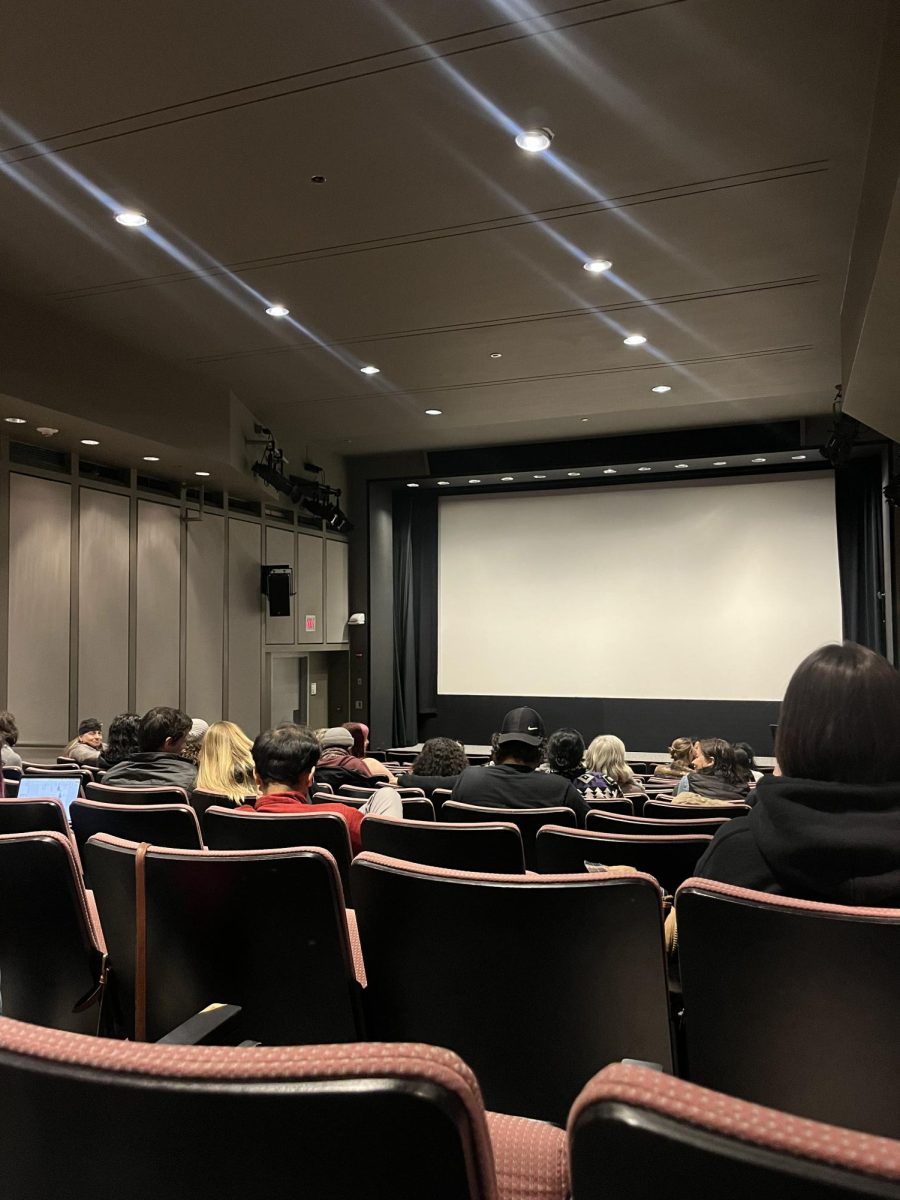By Rowena Lindsay, inside editor
Rather than detailing a story, Boston Ballet’s newest show, “Shades of Sound,” is a meditation on ballet itself, exploring how different musical styles affect the art of dance and showcasing the athleticism of the dancers.
“Shades of Sound” is split into three acts: Wayne McGregor’s “Chroma,” George Balanchine’s “Episodes” and Hans van Manen’s “Black Cake,” which have all been staged separately. While Boston Ballet staged “Chroma” in 2013, the others are both new to the company.
The first act, “Chroma,” is set to the music of composer Joby Talbot and alternative rock artist Jack White, formerly of The White Stripes. Although it supposedly draw from three well-known Jack White songs, his influence is barely noticeable, which is disappointing since the combination has the potential to be innovative and interesting.
While the entire ballet could be called minimalist with its simple costumes and essentially no stage design, “Chroma” goes beyond that. It is positively primal with all dancers in varying shades of nude so they appear naked onstage – or alternatively look like Maddie Ziegler in Sia’s music videos.
The dancing style, which alternates between jagged and fluid movements, was a bit too experimental to be enjoyable for those who are not ballet aficionados. However, the experimental moves made for a visually interesting performance despite the simplicity of the staging.
The music for the second act, “Episodes,” comes from the orchestral works of Anton von Webern, a 20th-century Austrian composer and conductor. The dancing throughout this act is very technical and every note is matched with a precise movement. In the absence of a storyline, noteable costumes or sets, “Episodes” brings the audience’s attention to the athleticism of the dancers and the intricacy of the choreography.
As the name suggests, this act is broken up into episodes that feature different dancers and musical arrangements. In the most impressive of the seven episodes, a group of female dancers held hands and danced in a circle while one of the women, still holding hands with the others, danced a duet with a male dancer.
One of the many duets in “Episodes” emphasized flexibility and fluidity of movement. Pairs included Seo Hye Han and Paul Craig; Rachel Cossar and Sabi Varga; Lia Cirio and Paulo Arrais; and Addie Tapp and Lasha Khozashvili.
The final act, “Black Cake,” which is the best of the three performances, features the music of mid-19th to 20th-century composers Peter Ilyich Tchaikovsky, Leoš Janáček, Igor Stravinsky, Pietro Mascagni and Jules Massenet. The group collectively wrote many of the most famous operas and ballets in history.
Unlike the previous two acts, “Black Cake” has narrative elements and the dancers, while they do not have characters per se, have personalities and relationships that they incorporate into the dance. This is a refreshing change after two acts of emotionless faces.
“Black Cake” begins with the dancers wandering onstage and going through the movements of getting ready for the ballet itself. This goes on until, suddenly, the whole cast is onstage and poised to dance.
The act is less experimental and more humorous than the previous two, playing on gender dynamics through several duets between male and female dancers. In one duet, a man tries to woo an uninterested woman. The woman lies down on the ground in boredom, and the dance ends with the man pulling her posed body off stage. In another duet, the woman pushes the man to the ground and dances over him.
Lastly, the entire cast dances with champagne glasses, getting progressively “drunker” as they dance, drawing laughs from the audience and culminating in one dancer drunkenly kissing another.
While the show was certainly impressive and enjoyable, if you are looking for a classic date night at the ballet, skip this show and wait for “The Nutcracker” to come around at Christmas. However, if you are interested in dance in and of itself, “Shades of Sound” is fascinating.
“Shades of Sound” is playing at the Boston Opera House through March 29. Tickets start at $29 and are available at the box office or at www.bostonballet.org.
Photo by Scotty Schenck




